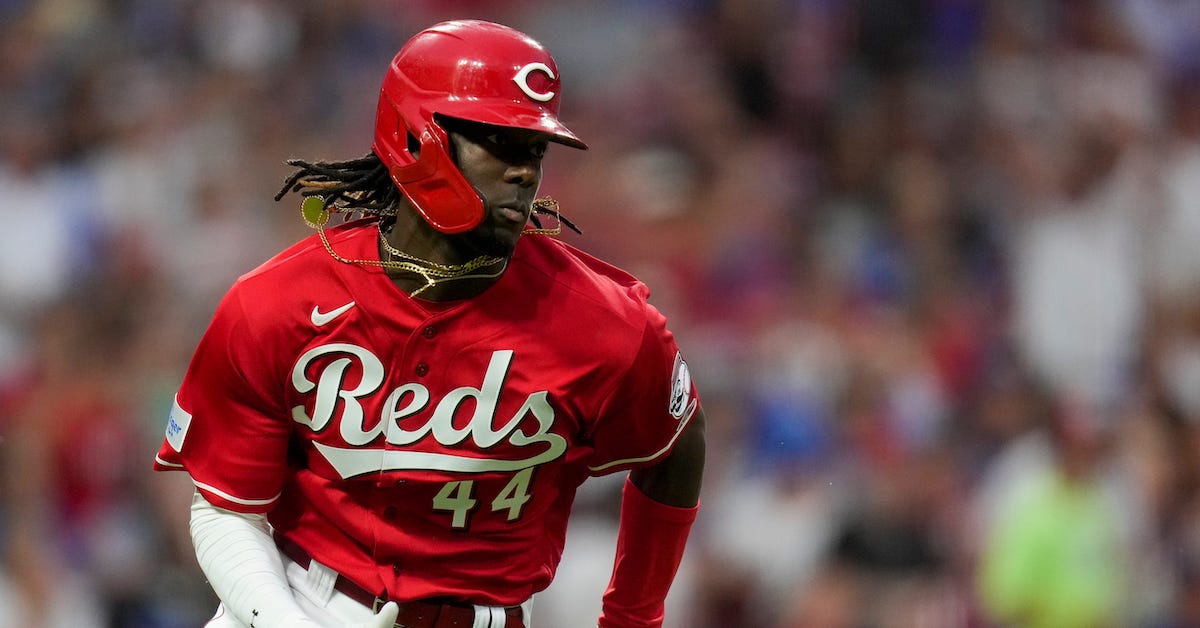Seiya Suzuki Is Showing Signs of Progress

Between Cody Bellinger’s perplexing season, Dansby Swanson’s continued excellence, and Christopher Morel’s power surge, there are a lot of fascinating things happening with the Cubs. But I want to focus on their cleanup hitter and right fielder, Seiya Suzuki. In his introduction to the majors, he posted a 116 wRC+ in 446 plate appearances, but various hand, ankle, and finger injuries throughout the year kept him from getting in a prolonged rhythm; a 158 wRC+ in the first month and a 139 wRC+ in the final month sandwiched a 98 wRC+ from May through August. We got a few glimpses of what peak Suzuki could look like; health was the key to that becoming a consistent display.
Unfortunately for him, he suffered an oblique injury during spring training that forced him to withdraw from the World Baseball Classic and slowed down the start of his season. Early-season oblique injuries are incredibly frustrating; as you’re ramping up activities, the last thing you want is to hurt a part of your body that compromises your rotational power. He returned to action on April 14, but he wasn’t the best version of himself. His groundball rate that month was 49.1%, most likely due to an overly flat swing path. His 30-degree Vertical Bat Angle (VBA) — the angle of the barrel at impact — was flatter than any of his best months in 2022 by at least a full degree without a corresponding increase in pitch height, making it very tough for somebody of his size and mechanics to cover breaking balls and offspeed pitches consistently without significant body angle adjustments to compensate for his high hands preset and flat path. The blueprint for success from the previous season didn’t look like this. Read the rest of this entry »







